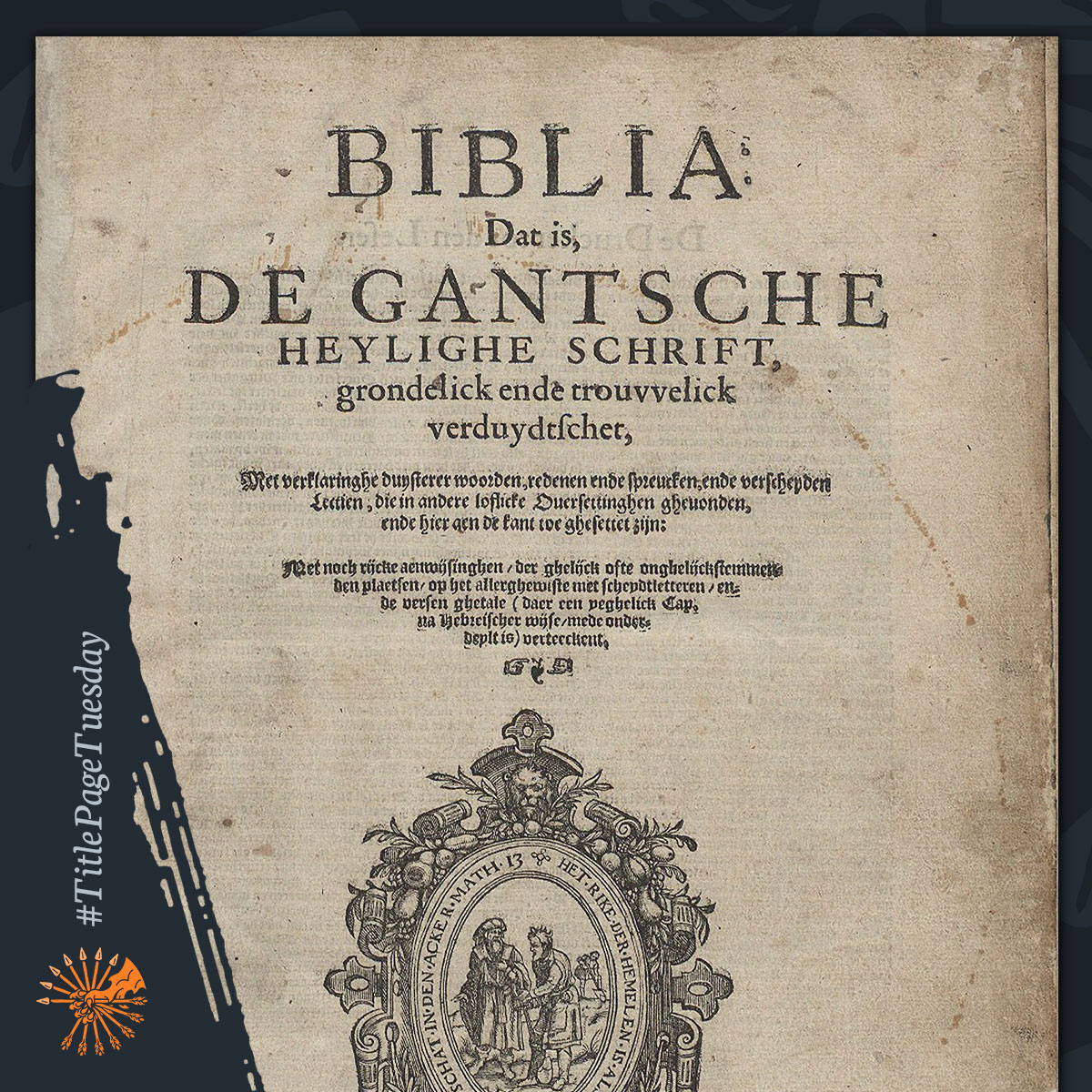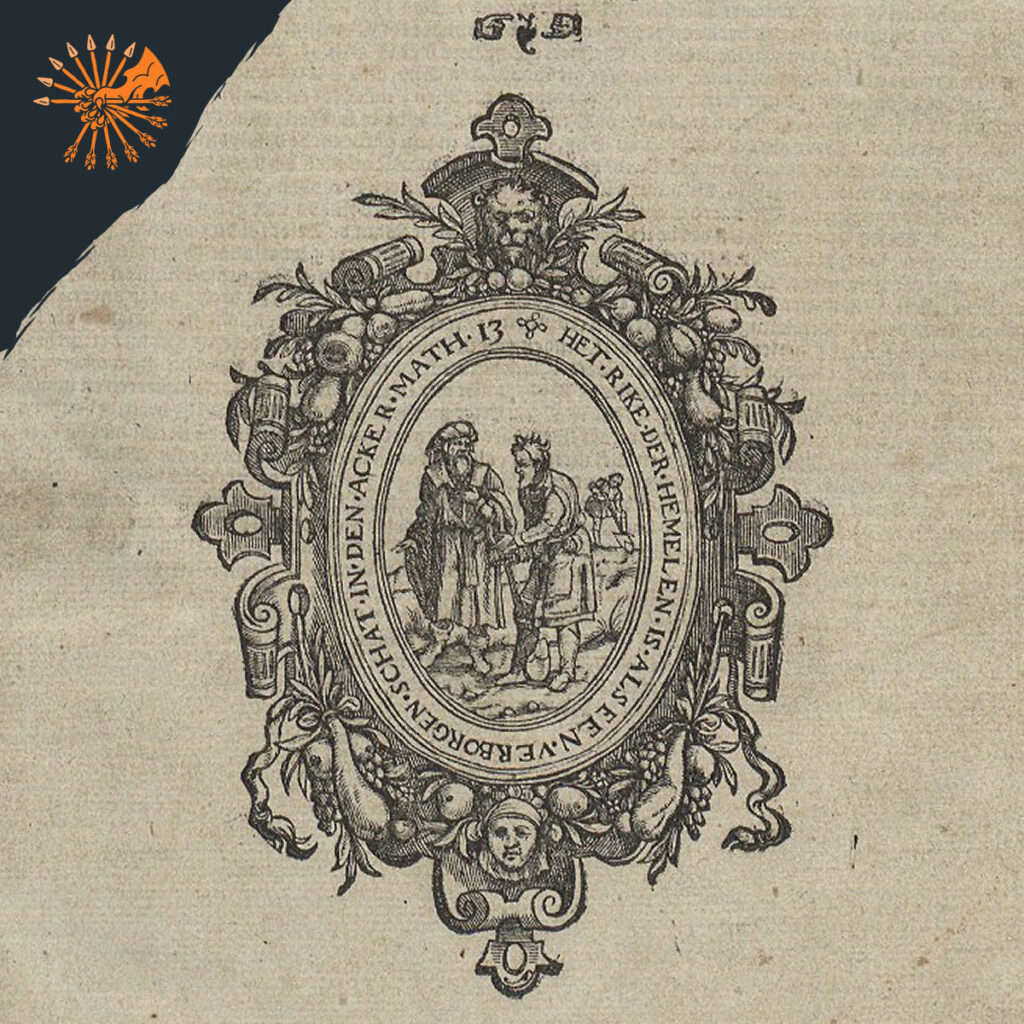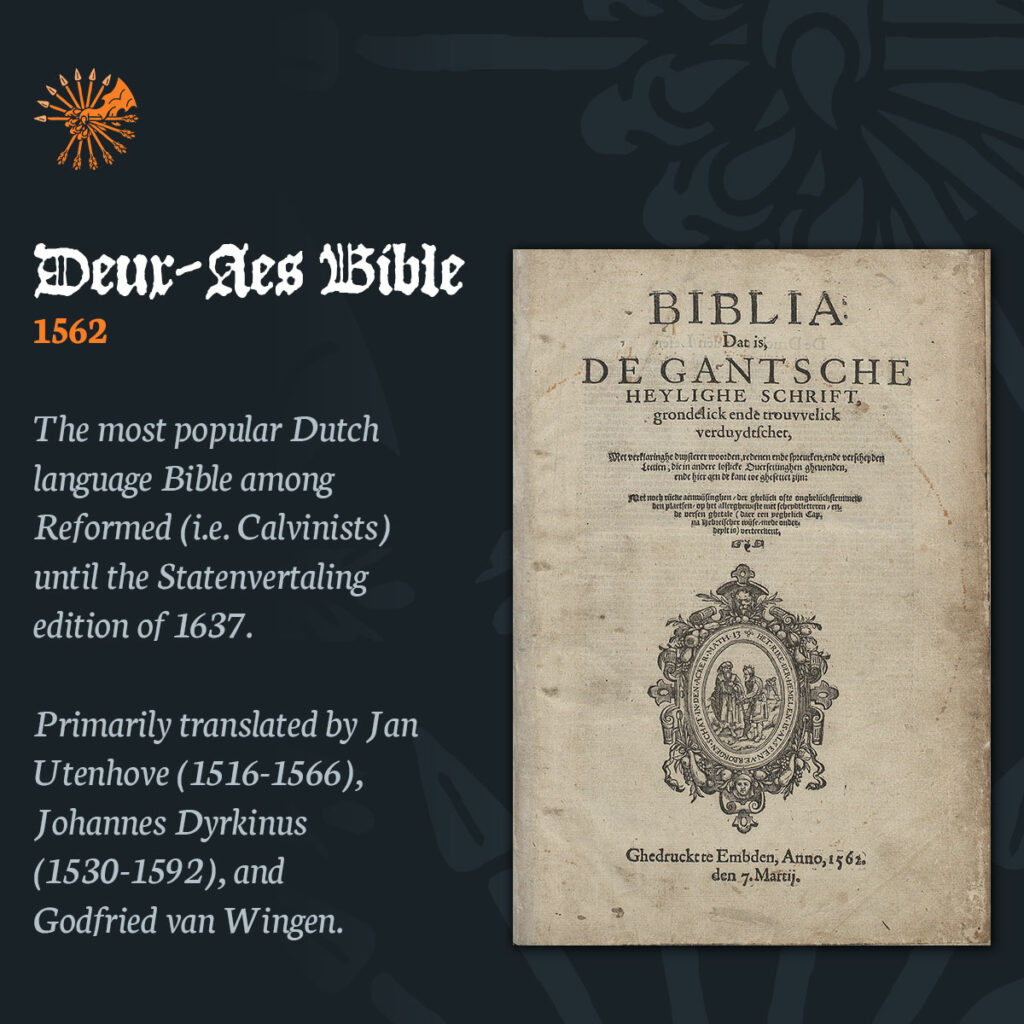
The History of the 1562 Dutch Deux-Aes Bible
The history of Bibles and their translations throughout the sixteenth and seventeenth centuries is a reflection of two powerful dynamics: the tumult of the Protestant Reformation combined the the growing impulse to use – then document and standardize – local languages.
We see this in the Dutch language Deux-Aesbijbel.
– – – – –
🙏Follow Rebels or Beggars for more history, art, & gaming from the Renaissance Netherlands & Europe’s long, late 16th century: 1549-1619.
☙ facebook.com/rebelsorbeggars
☙ instagram.com/rebelsorbeggars
☙ rebelsorbeggars.com
– – – – –
Persecuted Dutch and Flemish members of the Reformed (i.e. Calvinists) faith fled to the German city of Emden. By the 1550s, they desired a Dutch language translation of the Scriptures better suited for their doctrine and theology: not too Catholic or too Lutheran.

The Flemish nobleman, Protestant Reformer, and Dutch language advocate Jan Utenhove (1516-1566) created a Dutch translation of the popular Greek New Testament called the Textus Receptus (itself a product of the famous Dutch scholar Erasmus). However, common folk found Utenhove’s strictly literal approach and combination of multiple regional dialects hard to read.
A simpler translation was called for. Fellow Ghentian Johannes Dyrkinus (1530-1592) made Utenhove’s New Testament easier to read. To complete the full Bible, Utenhove’s publisher and Dutch minister in the London refugee community, Godfried van Wingen (fl. mid sixteenth century), was called upon.
The first edition would be published in 1562. While not the first Dutch Bible for the Reformed community, it quickly became the most popular, only superseded by the official Statenvertaling edition many decades later in the 1600s.
While sometimes hard to appreciate in our increasingly secular Western world, the impact of having the Holy Bible accessible to a highly religious society, in a native language, as literacy rates were growing, cannot be overstated. The work of Utenhove, Drykinus, and Wingen would shape Dutch religious beliefs and culture for decades to come.

– – – – –
👕 Get your history swag! If you want to support the content I create, it’s easy – buy a shirt or sticker here: rebelsorbeggars.redbubble.com
